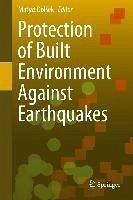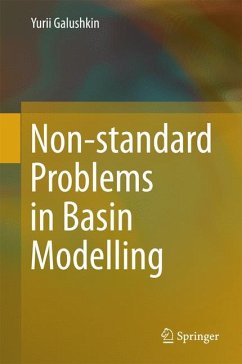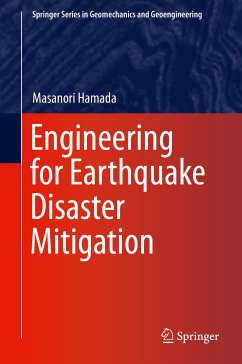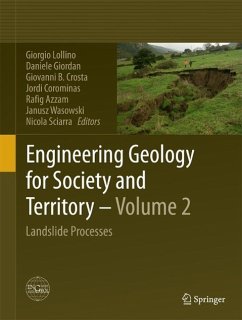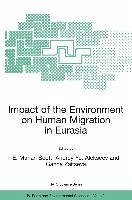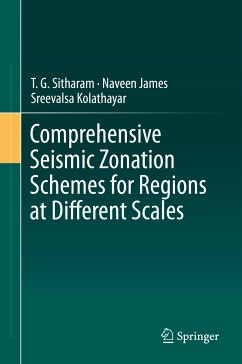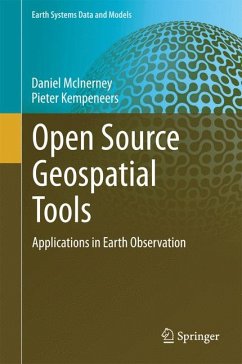
Earthquakes and Their Impact on Society (eBook, PDF)
Versandkostenfrei!
Sofort per Download lieferbar
72,95 €
inkl. MwSt.
Weitere Ausgaben:

PAYBACK Punkte
36 °P sammeln!
This book provides an integrated approach to the assessment of seismic hazards. The reduction of losses expected by future earthquakes is probably the most important contribution of seismology to society. Large earthquakes occurred in densely populated areas highlight the dramatic inadequacy of a massive portion of the buildings demonstrating the high risks of modern industrial societies. Building earthquake-resistant structures and retrofitting old buildings on a national scale can be extremely expensive and can represent an economic challenge even for developed western countries. Earthquakes...
This book provides an integrated approach to the assessment of seismic hazards. The reduction of losses expected by future earthquakes is probably the most important contribution of seismology to society. Large earthquakes occurred in densely populated areas highlight the dramatic inadequacy of a massive portion of the buildings demonstrating the high risks of modern industrial societies. Building earthquake-resistant structures and retrofitting old buildings on a national scale can be extremely expensive and can represent an economic challenge even for developed western countries. Earthquakes can cause also several psychological problems due to the fact that such kind of disasters will result in casualties, collapsing of houses, strategic buildings and facilities and deeply affect a community. Moreover in our society it is necessary to properly plan emergency responses and rescues taking into account any possible secondary effect in order to avoid more casualties.
Dieser Download kann aus rechtlichen Gründen nur mit Rechnungsadresse in A, B, BG, CY, CZ, D, DK, EW, E, FIN, F, GR, HR, H, IRL, I, LT, L, LR, M, NL, PL, P, R, S, SLO, SK ausgeliefert werden.



